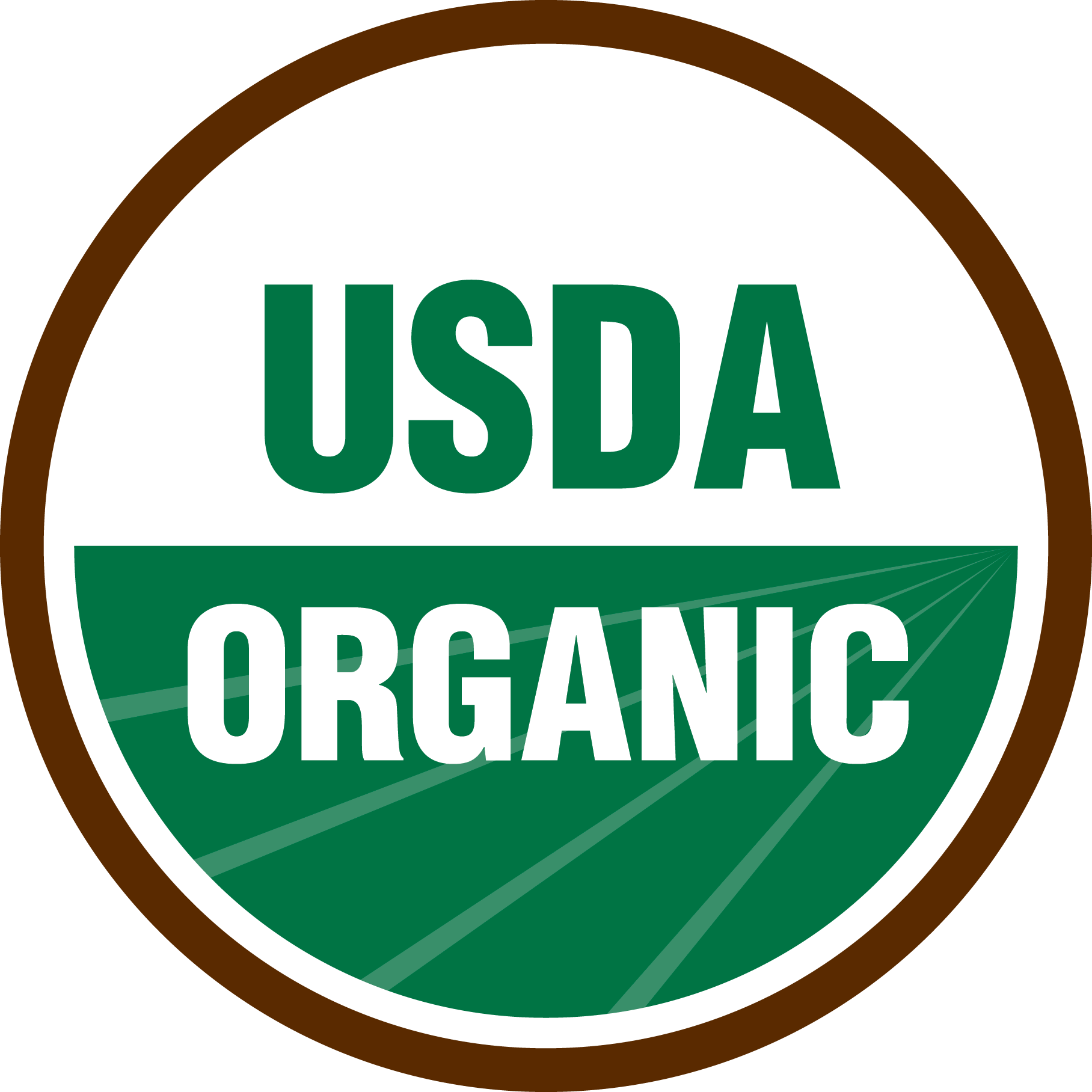Why does homemade jam taste better than store bought jam?
Nothing like mom’s homemade jam, right? But why? Besides that moms are awesome in general, homemade foods are actually made quite differently than their mass produced counterpart.
When you make jam at home, you are likely doing some or all of these things:

You source very high quality fruit. Typically jammers have extra fruit from their own garden that they are preserving for later in the year. This homegrown (or even from the farmer’s market) fruit is grown in nutrient rich soil, since you (or local farmers) take care of the garden.
You put a reasonable amount of sugar in your jam. A typical homemade jam recipe for 8 half pints is:
· 6 cups fruit
· 2 Tb lemon juice
· 6 Tb Pectin
· 6 cups sugar
This puts the sugar at about 50%.
You cook in small batches. When cooking in small batches, the water is evaporated quicker than a large batch, so the fruit can set into jam. Less cooking time preserves the quality of the fruit.
Let’s take any market jam.
Do you know where the fruit comes from? Is it high quality, sourced from nutrient rich soils from sustainable farms?
How much sugar is in the jam? This is an actual recipe from the jam company we bought:
· 10 cups sugar
· 2 Tb lemon juice
· 1 cup pectin
· 10 cups water
And drumroll…
· 1 cup fruit
The water and sugar stretch the product, as water and sugar are less expensive than fruit. Much more pectin is needed to rethicken the jam since it was watered down. And because there is barely any fruit, often artificial or “natural” flavors (quotes are because I’m still trying to figure out what this exactly means…to me natural flavors = fruit, not chemicals) are added to make up for the diluted flavor of the product. Artificial colors may be added to recolor the diluted product as well. Bon apetit.
Looking around the market, most jams are about 16g sugar per Tb or about 88% sugar.
Product cooked in larger batches. Mass production costs significantly decrease if you can minimize how many actual batches are cooked. Since batches become bigger, they must be cooked longer. To be honest, I’m not sure of how big commercial batches are or cooking time, but I’m guessing it’s longer than 1-5 minutes. If you have overcooked food (like even in a slow cooker for example), you may have noticed that the texture becomes more mushy, flavors get cooked out and sugar may caramelize creating more sweetness.
By the way, one way to shorten the cooking time on a large batch is to add more sugar. The extra sugar soaks up the extra water not evaporated out. This is just the solution that I was given when I looked for advice to increase my batch sizes. I don't know who actually does this. We don't.
"So should I not eat store bought jam?"
This article is not to tell you what to do. It is to help you make an informed choice. At Key to the Mountain, we value high quality, homemade food, but we also understand that making all your food from scratch is not realistic in this day. Here is how Key to the Mountain’s jams are different than typical market jams:
We source high quality fruit. We strive to purchase locally grown, organic produce. The farmers we partner with take care of their land and the flavor of their produce speaks for itself.
There’s relatively low sugar in our jams. Most of our jams have more fruit than sugar, and none have added water. This concentrates the already delicious flavor of the fruit, rather than diluting it.
We cook in small batches. And we hand stir and hand pour. We love our jams, our helpers, our farmers and everyone in our production chain, including you, the customer! That is why we are giving this information out. So you are empowered to choose as an informed consumer.




Comments